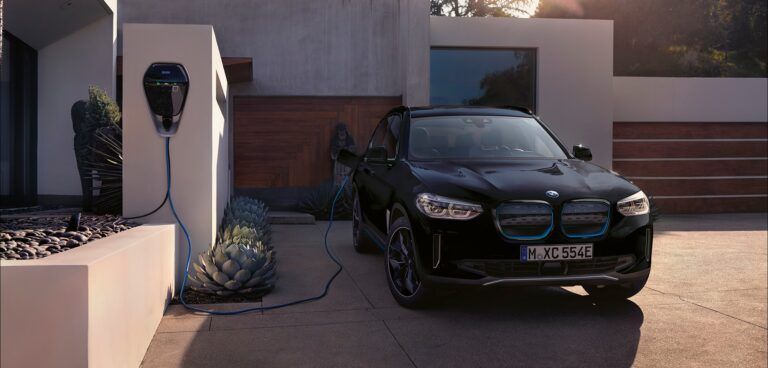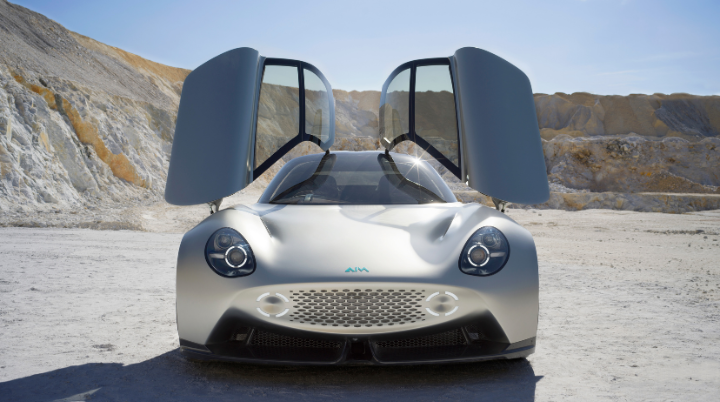BMW has announced the full details of its upcoming iX3, an electrified version of its X3 SUV, which will be the brand’s first model offered with a fully-electric drive system, a plug-in hybrid system or petrol and diesel engines.
Available in the summer of 2021 in the UK, it arrives in two models, the iX3 Premier Edition and BMW iX3 Premier Edition Pro, starting at £61,900.
The electric motor, transmission and power electronics are now arranged together in a single housing. The electric motor in the new BMW iX3 works according to the principle of a current-excited synchronous motor, without the use of magnets. This design eliminates the use of rare earth materials of the motor.
The power density of the electric motor in the iX3 is 30 per cent greater than that of existing fully-electric vehicles within the BMW Group portfolio.
The new drive system unit generates maximum output of 286hp and peak torque of 295 lb-ft, a 0 to 62mph time of 6.8 seconds, and a limited top speed of 112mph.
The battery-cell technology plays a headline role in the latest development stage of high-voltage batteries. The storage capacity of the battery has been substantially increased, relative to the installation space required and its weight.
The gravimetric energy density of the 188 prismatic cells in the new BMW iX3 is around 20 percent higher than that of the battery cells used by the BMW Group in its fully-electric vehicles up to now. A gross energy content of 80 kWh – of which 74 kWh is utilized – and the high efficiency of the drive systems allow the new BMW iX3 to offer a range of up to 279 miles (WLTP test cycle).
Another technical highlight making its debut in iX3 thanks to BMW Group’s fifth-generation eDrive technology is the innovative new charging unit, which sends power to both the 400V battery and the 12V on-board power supply. When charging using alternating current, it enables both single-phase and three-phase charging at up to 11 kW. Plugging the vehicle into a direct current rapid-charging station opens the door to charging outputs of up to 150 kW, meaning the high-voltage battery can be charged from 0 to 80 percent of its full capacity in 34 minutes. Drivers can inject the power required to add 62 miles to the car’s driving range (in the WLTP cycle) in just 10 minutes.





